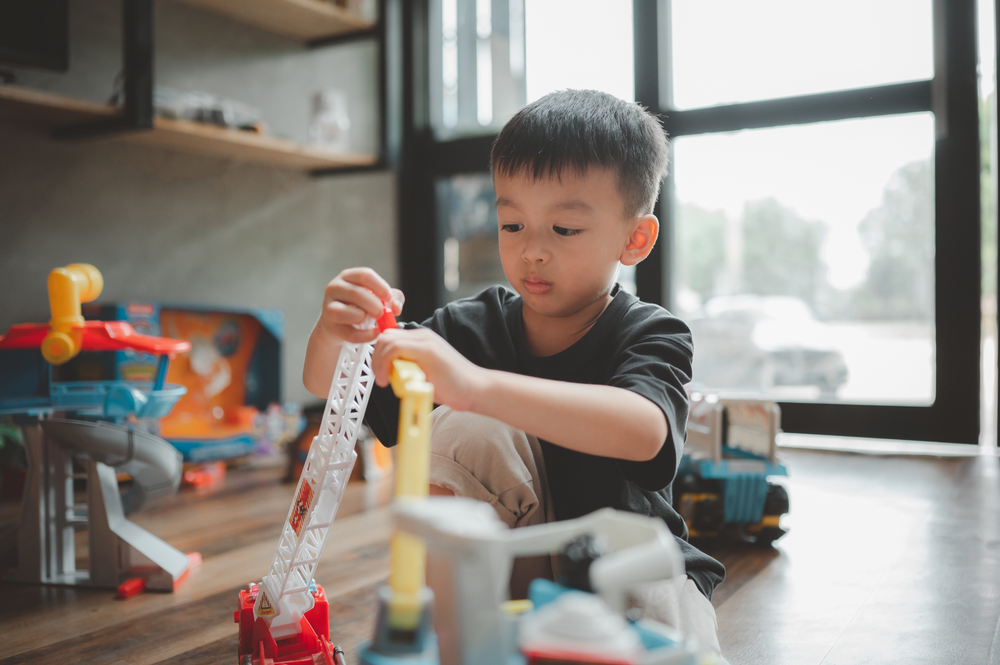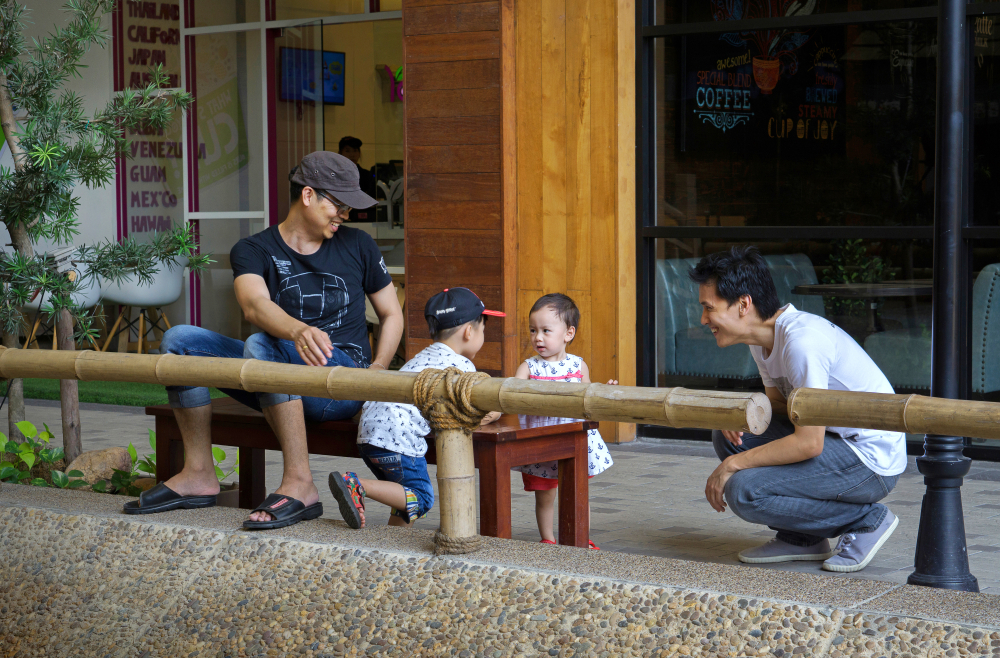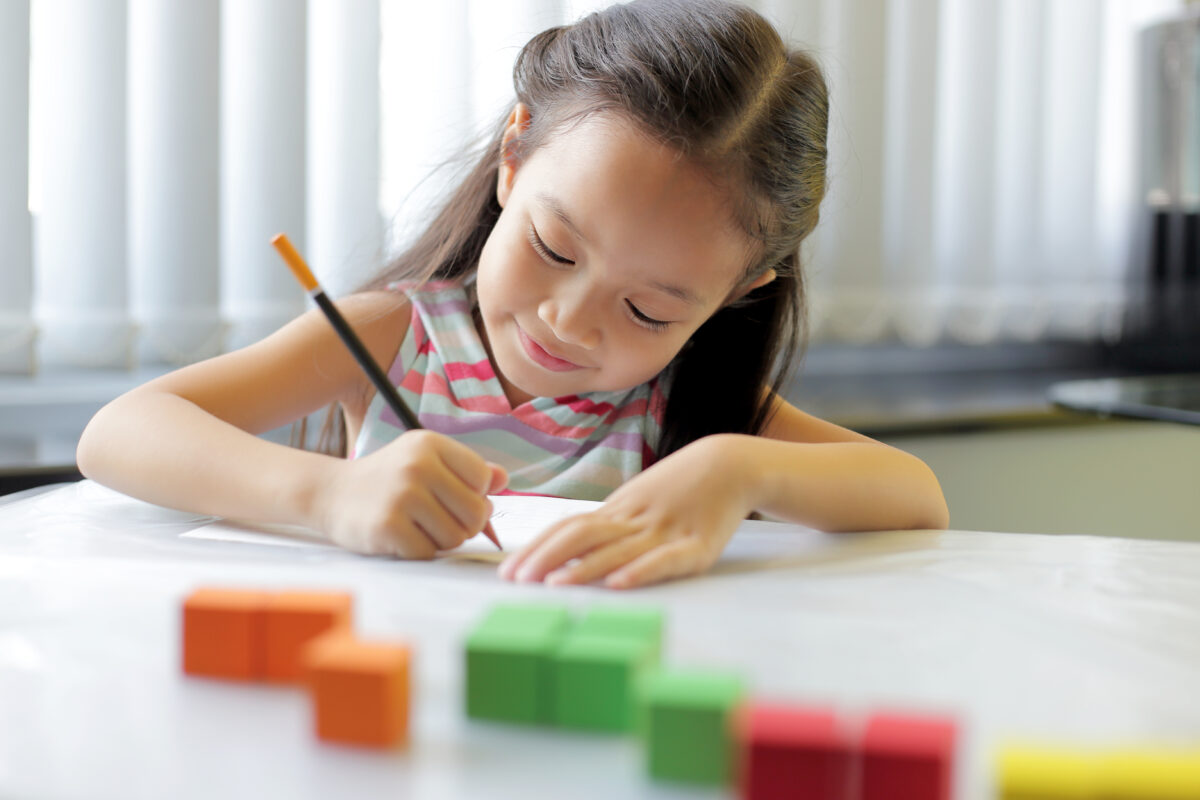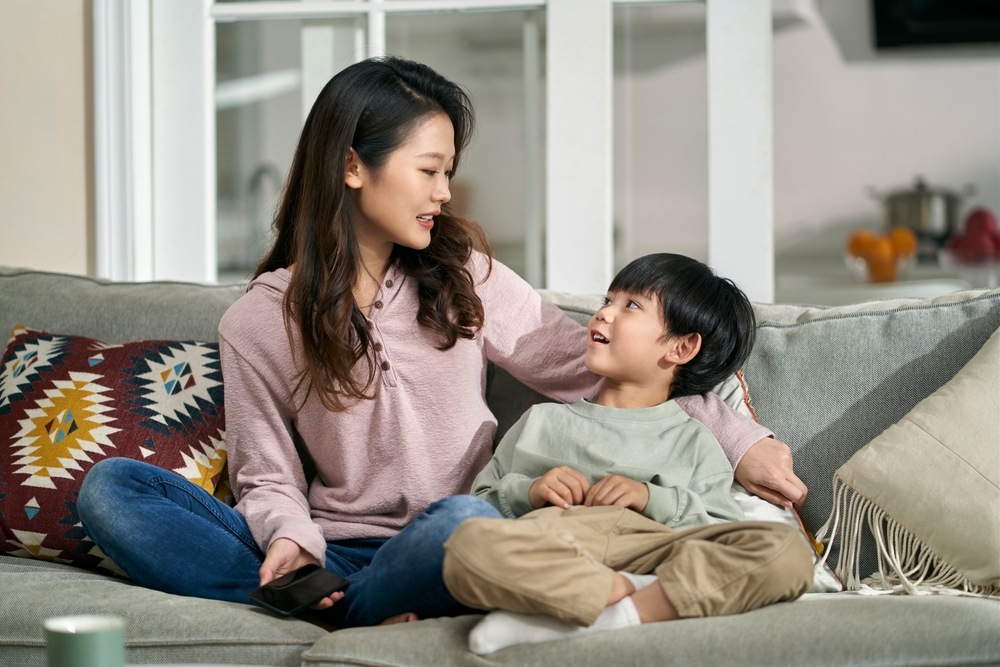Written by : Family Dynamics Child Play Therapist Marriage and Family Therapist, Ms. Lee Wai Zi
Growing up, we are seldom taught to express our emotions verbally. Schools and society focus on nurturing children’s cognitive, analytical, and problem-solving skills, so we are used to discussing things and opinions, and rarely express our emotions directly in words. Even when families communicate and talk to each other, we are not used to sharing our feelings.
Some parents may ask, “Isn’t it enough for me to express my care for my child through actions (such as hugging or kissing him/her)? Is it necessary for parents to verbally affirm and respond to their children’s feelings and needs?
While it is important for parents to express their love for their children through actions, it is also important for parents to respond empathetically to their children so that they can understand and accept their thoughts and feelings in a more concrete and tangible way. This not only strengthens the parent-child relationship and builds the child’s sense of security, but the child also learns how to verbally express his or her feelings and needs, which helps reduce the need for the child to express his or her inner turmoil through bad behavior.
In fact, the language of emotion is not the language we are used to. Many parents are concerned that affirming and empathizing with their children’s negative emotions may condone and exacerbate their children’s bad behavior. For example, when a child feels sad about the loss of a beloved object, parents are afraid that rehashing the incident will touch on the child’s sad feelings. Parents may say to their children, “It’s okay, just play with something else! or “Try to see if you can buy another one instead. Parents want to calm their children by solving their problems.
However, not only do children fail to learn from their parents’ responses how to access and understand their own feelings and effectively regulate their negative emotions, they also have no opportunity to learn from their failures and develop a sense of responsibility.
If parents can put themselves in their children’s shoes, understand their experiences from their children’s perspective, and try to tell them how they feel, even if it is as simple as “I think you must be very sad and upset about losing your beloved object. This is the most powerful support and comfort for children, giving them the confidence and courage to face the challenges of life.











